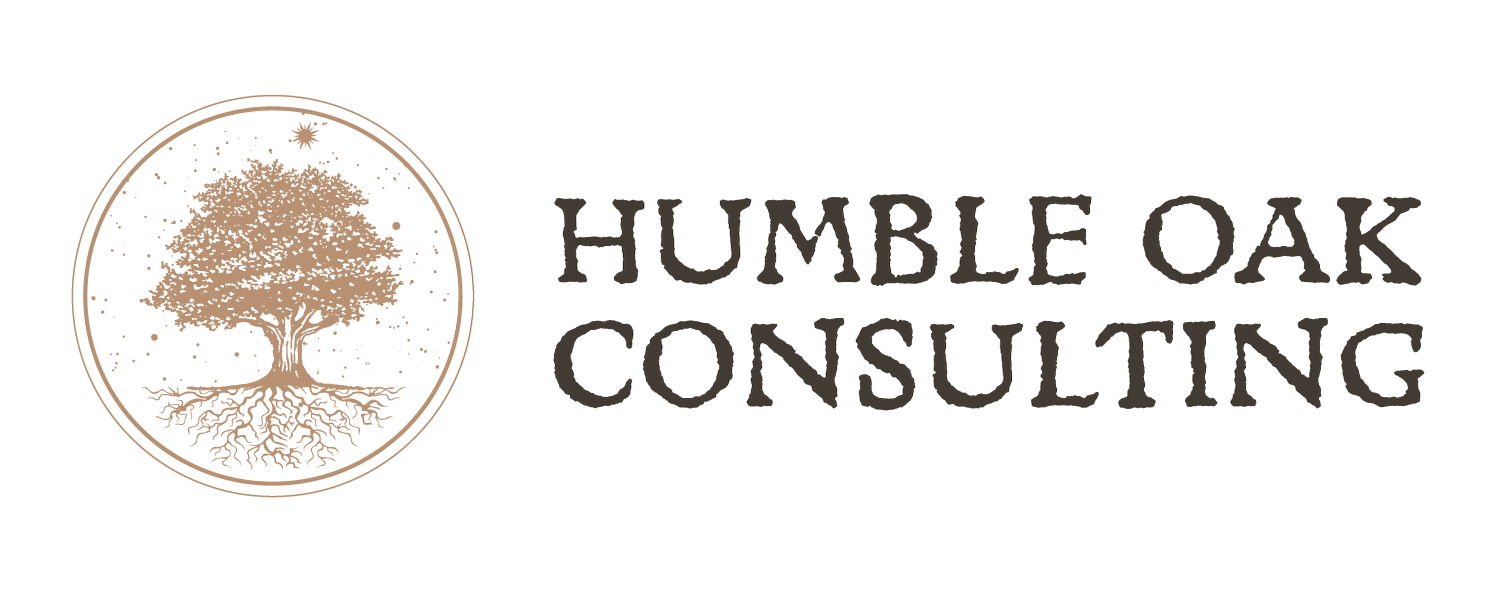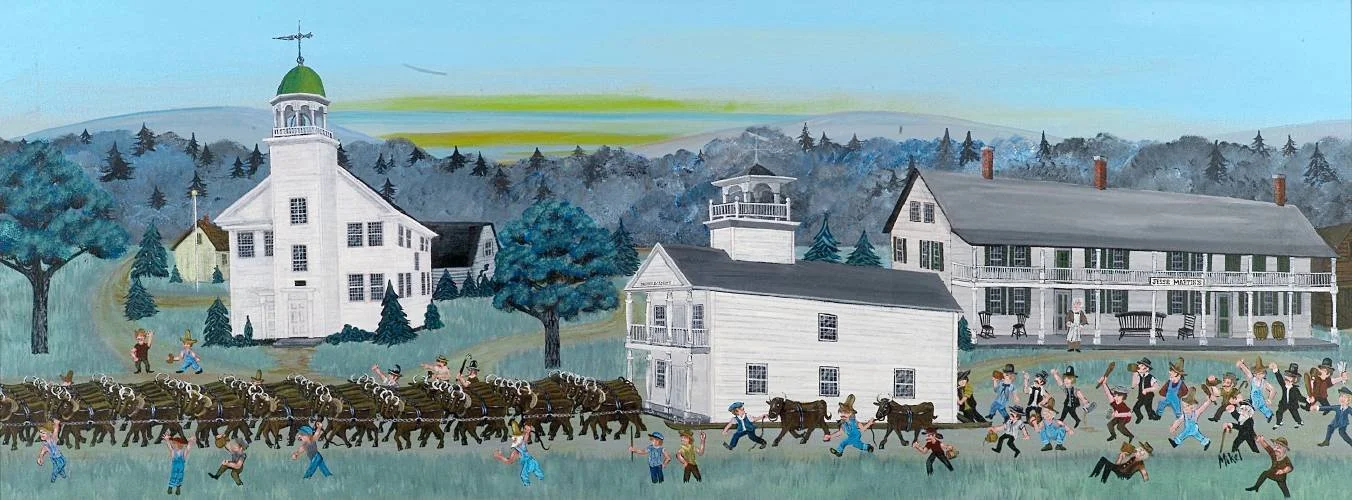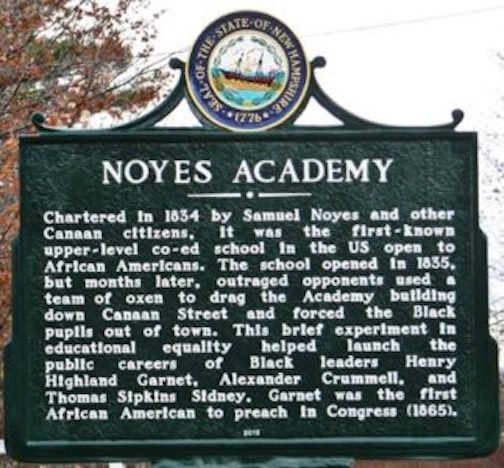Black History Close to Home
Painting of Noyes Academy Removal by Mikel Wells. Source: Canaan Historical Society
The purpose of Black History Month is to recognize and honor the contributions and achievements of the country's Black populations and their role in US history. How can we best do that in a way that is genuine, especially if we live, work or play in a place where we don’t often encounter Black people, Black history or Black culture?
Having recently moved to the Upper Valley, a region on the border of New Hampshire and Vermont and home to Dartmouth College, I set out to learn about Black History in my area. New Hampshire is commonly regarded as being an extremely white place. In fact, when I tell people I am a diversity consultant, I usually encounter some raised eyebrows. While I went into my research expecting to learn some new things, what really struck me was how many of my own beliefs about New Hampshire were based on what would be a “comfortable” history for me-- one I could accept and relate to as a resident of this place.
In my research, I discovered some things I was proud of. The first Black student was admitted to Dartmouth College in 1775, two years before our country was founded. Ona Judge, who was enslaved to Martha Washington, escaped to Portsmouth and there evaded recapture by the former president with support from Black friends and white sympathizers. NH was the second state to abolish slavery, after Pennsylvania. Harriet Wilson, of Milford, NH, was the first African-American to publish a book in North America. And three white abolitionists founded an integrated school in the nearby town of Canaan.
I also discovered things that ranged from disconcerting to nauseating. NH was a popular place to import enslaved people because there was no import tariff. They would then be smuggled into other colonies. In Portsmouth, the Black cemetery was paved over to expand the city. But the story that stuck with me the most was the ending met by Noyes Academy, the integrated secondary school from Canaan. After being open for less than a year, white residents of Canaan attempted to demolish the school on July 4, 1835, and ultimately dragged the brand new building off its foundations and ran its students out of town.
The plaque by the Canaan Historical Society strangely seems to “look on the bright side” of this event. Image Credit: Canaan Historical Society.
Noyes Academy’s story stayed with me in the days after I read about it. It strikes home for many reasons-- because of my ten years as a public educator and the masters thesis I wrote about the impact of integration on student achievement, because Canaan is home to my favorite thrift shop, because it surfaces ideas I had about New Hampshire that I never explored. I find myself asking:
Did I imagine that acts of bigotry were relegated to far off places like Birmingham and Ferguson?
How does the forcible demolition of this school sit with the values of liberty this state, and I, cherish?
How is it that we’ve been attempting to provide equitable opportunity since 1834 and STILL are falling short?
How does the hope to be an ally inform the way I engage with other white people around issues of race and equity?
As the story lingers in my mind, I feel personally surprised and a bit guilty, because a place I’ve chosen to live in has a bad record and that somehow reflects on me. How much more personal must it be, I wonder, to investigate the history of our own families? Of our own actions? Of how far we are willing to go to make things right?
Last post I promised myself that I am going to spend some time in my uncertainty. I wrote,
“Perhaps we can notice and accept our incomplete knowledge, our imperfectly formed ideas. Perhaps we can approach with questions, rather than statements.” So here’s a question I’ll leave you with:
In spite of how hard it can be to face history, wouldn’t it be worse not to have the opportunity to change?


